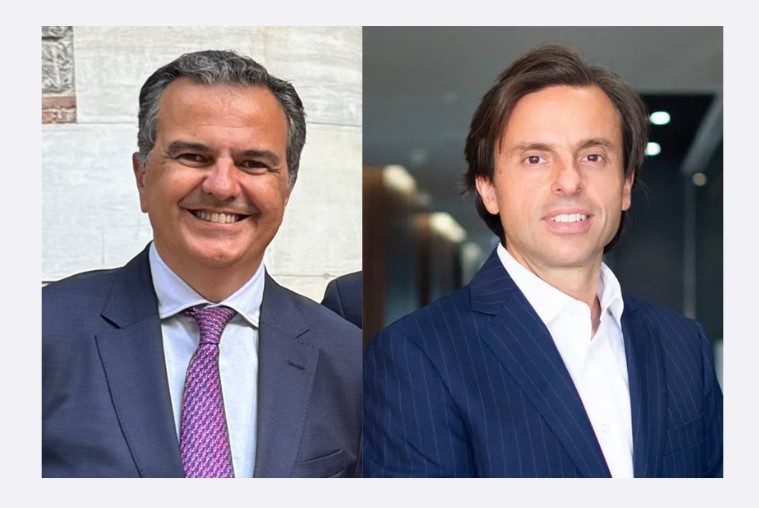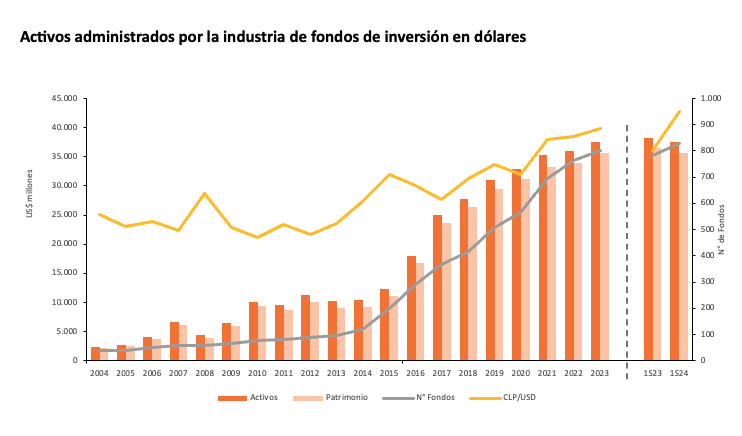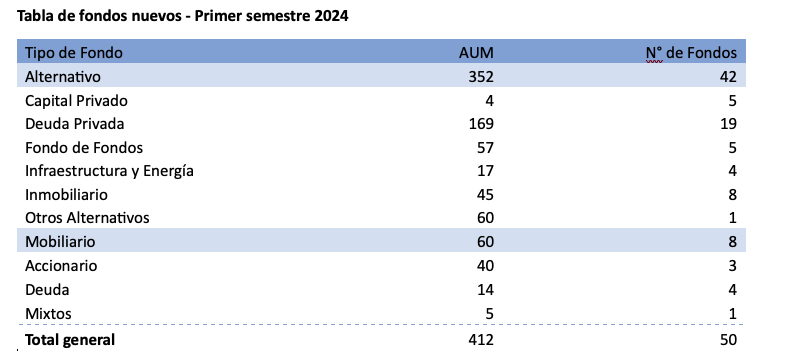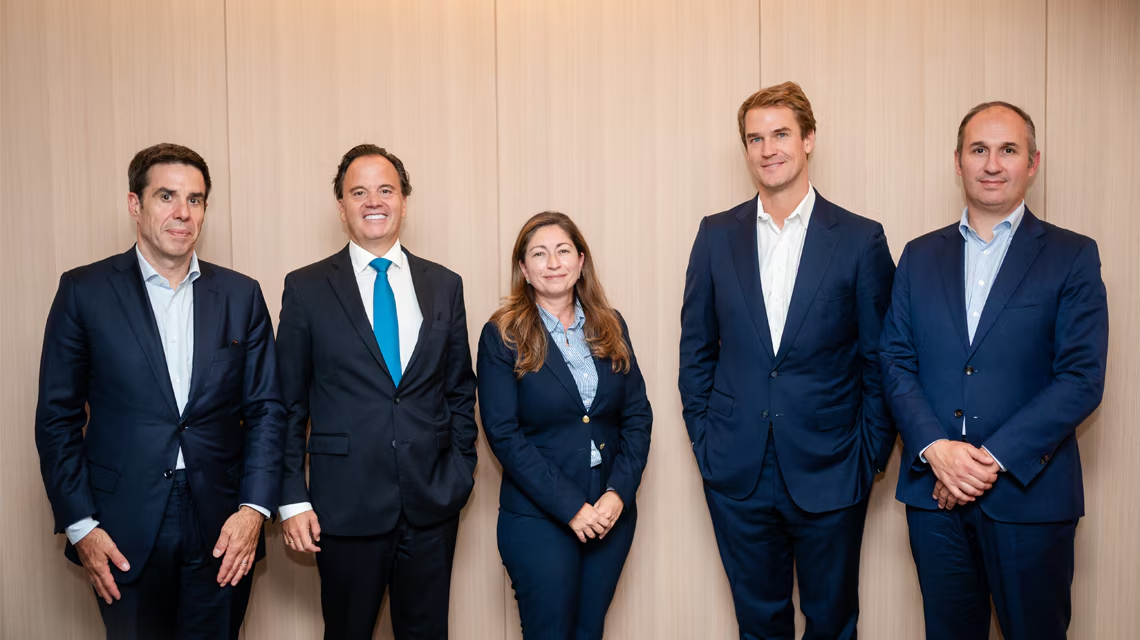Market May Improve its Growth Outlook as Fed Cuts Rates
| For Marcelo Soba | 0 Comentarios
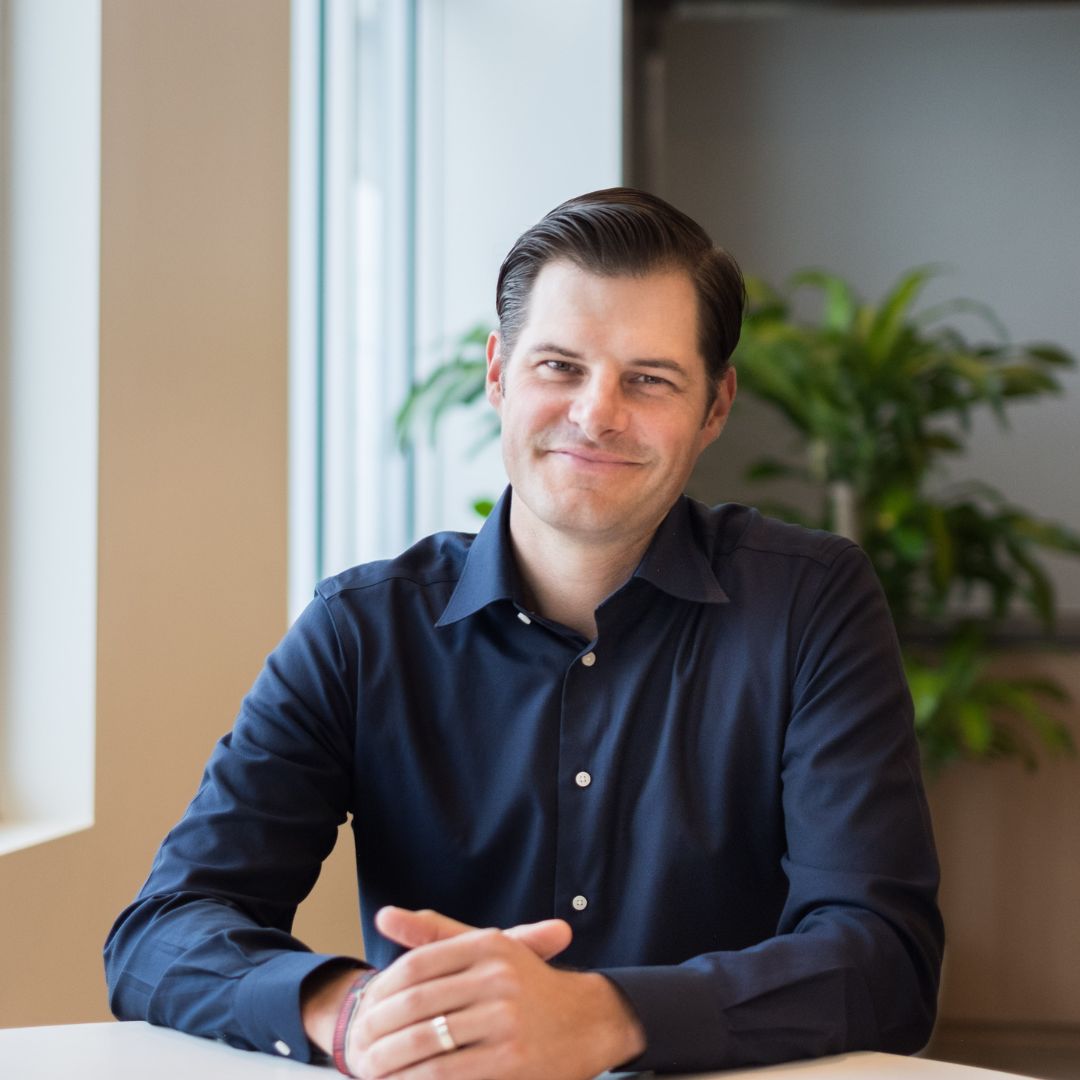
The cuts made by the Fed and announcements that this trend will continue will benefit investments in companies targeting long-term growth, Todd Morris, portfolio manager of Large Company Growth at Polen Capital, told Funds Society.
“Long-duration, high-growth companies benefit from a lower capital costs, lower interest rates and therefore lower discount rates, which drives their valuations up,” Morris commented, explaining that this effect allows for a more productive use of capital.
Regarding Polen’s case, Morris said the strategy features “resilient companies.”
“The companies we invest in are not dependent on the debt markets. They can fund their operations and growth initiatives with the cash they generate; they don’t need to go to the capital markets, which is really, I think, a sign of the quality of the companies we are investing in at Polen Capital,” he said.
On the other hand, according to Polen analyst said that both former President Donald Trump (2017-2021) and current Vice President Kamala Harris are interested in fiscal expansion but with different paths.
Trump is going to cut taxes, “which further increases the deficit,” said Morris who added that Harris talks about some tax incentives, but is actually more interested in expanding budget outlays, “which is also expansionary from a fiscal standpoint.”
“In recent years, expansionary fiscal policy has offset restrictive monetary policy, so I think we’ll probably see a continuation of what’s been happening in the U.S. in recent years from a fiscal standpoint,” he predicted.
On the other hand, Morris highlighted the importance that the regulatory stance of the two parties could have. While the Democrats have a more aggressive or progressive regulatory stance, the Republicans could go for a rollback of these types of policies, “which would be another shift on the margin for well-established large-cap companies and that I think would be a difference,” he explained.
Moreover, from a fiscal standpoint, the monetary aspect is independent of policy, Morris insists. According to the expert, year-on-year comparisons will be easier in a couple of months.
“We are curious to see how the inflation data evolves over the next couple of months, because the inflation trend has been downward, which favors rate cuts.
But if inflation comes back up, the Fed could find itself in a very difficult position. Because labor markets are softening and they have embarked on rate cuts. But they may have to stop if inflation starts to pick up,” he explained.
Inflation
Regarding the inflationary problem that the US has been facing, according to Morris it was caused “first by shortages in the supply chain and then by fiscal expansion.”
For this reason, the expert says he does not have a firm opinion on whether one of the candidates will be more inflationary than the other, but he does assure that both will have policies that can stimulate price increases.
However, he qualifies that the economic cycle is independent of politics. If you are looking at an inflationary outlook because of the way the economy is evolving, politics can do what it is going to do, but it may not really register in inflation readings.
Emerging Markets
Polen is also betting on companies in emerging economies and have found “very good businesses”, Morris said.
“We look around the world for great companies that fit our eye as investors. These are companies with competitive advantages and inherent profitability, which generate high returns on capital and have solid balance sheets,” he explained.
The portfolio manager said that at Polen they have found companies that fit that description in emerging markets.
In addition, he explained that with the Fed’s tapering season that has begun, we could see a weakening of the dollar that would increase the attractiveness of emerging market companies.
“We think it’s an interesting combination. So we like the opportunity set in emerging markets,” he asserted.
Finally, he commented that from the firm they are analyzing “all the time” companies, whether they are from Latin America, Asia or other parts of the world and they remain open to opportunities that arise, “as long as they are competitively advantageous companies that fit our criteria and that fit what we are looking for as investors in Polen.”

